Dyson isn’t the first brand that comes to mind when you’re thinking about buying a pair of Bluetooth headphones. You likely don’t even know they make Bluetooth headphones. And if you do, it’s because their first pair, last year’s Dyson Zone, were the first critically panned headphones released in years. In his review, tech YouTuber MKBHD called them “the dumbest product I’ve ever reviewed.”
For the unfamiliar, the Zone has fans and air filters in each earcup, which — through a magnetically attachable mouth visor — filters the air you breathe. But it can’t filter out Covid, is less effective than an N95 mask and using it ruins the Zone’s sound quality, as you’re blasting fast-moving fans right beside your ears. They also made the headphones very heavy, and because of the R&D costs, jacked the price up to almost $1,000. You also look stupid wearing them, as this photo of me above demonstrates.
They had a good sound though: if Dyson released them without the air-filtering and slashed the price in half, they’d have a pretty great product. With their second pair of headphones, the $500 OnTrac (yes, stupid name), they’ve done exactly that; but in a hyper-competitive market, it’s not quite enough.
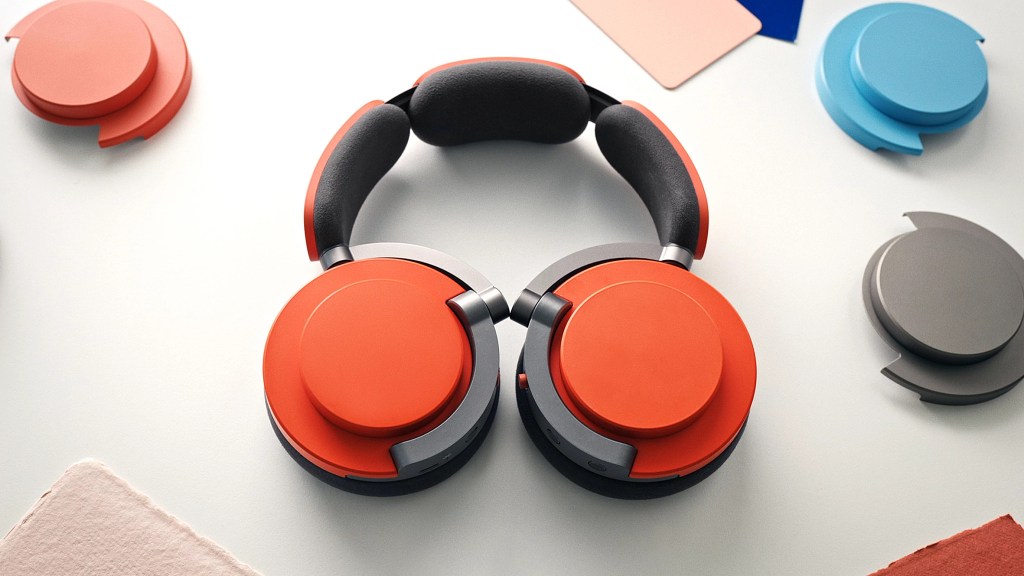
To start with sound quality; all top-end Bluetooth headphones sound pretty great, but given the limits of Bluetooth audio and battery life, the trick comes down to how a particular company tweaks and tunes their sound. Dyson centers everything around the OnTrac’s amazing, thick bass. Sonos puts the focus of their Ace headphones on a balanced, atmospheric mid-range. And with the QuietComfort Ultra, Bose focused on clarity, widely separating each musical element, then shoring up their sound with solid bass and bright highs.
All of this is highly subjective, but in my view, the Sonos is your choice if you want comfortable easy listening (and is particularly good for movies and TV); the Bose is the best if you want to get the most out of your music; and the Dyson has the most divisive, particular sound.
For hip-hop, the Dyson’s grand, bass-rich sound and wide soundstage make it a pure delight, which no other pair of Bluetooth headphones can touch. Whether you’re listening to the atmospheric trap of Travis Scott or the old-school Bronx bars of Fred the Godson, rap has this thumping, epic sound that I can’t get enough of. But that same tuning also makes the OnTrac pretty poor at handling other genres. That bass rumble swallows Sabrina Carpenter on “Espresso,” and the comparatively compressed, muddy mid-range means complex, multi-layered tracks — particularly metal — get squandered here.
The comfort of the OnTrac is another example of where comparison is the thief of Dyson’s joy. These are a lot lighter than the Zone, and their thickly-cushioned ear cups and balanced headband do it a lot of favors, but their all-metal construction and large batteries mean they’re still significantly heavier than the competition, and that weight becomes noticeable over time. I wouldn’t want to wear these for a full workday, particularly if I move around; whereas I regularly forget I’m wearing the Bose and Sonos and have never taken them off due to discomfort.
The benefit you get from this added weight is unbeatable battery life (fifty hours on a charge, with noise canceling on) and a premium look and build quality; and the Dyson is really special here. With oversized round earcups, thick padded muffs and thick all-metal connecting points, they have this incredible retro-future look, like something the wealthy elites would wear in Blade Runner or Alien. They look really cool — and that’s before you start customizing them.
They come in four standard color schemes out of the box, but the outer ear caps and inner ear cushions can be by removed with an unlocking twist, and you can replace them with various other color options on Dyson’s website. Mine looked great in all-black, but with a click, I swapped the outer cups for a polished copper, and cushions for a French navy. Then I completely changed the look again by using polished aluminum cups and Ultra Blue cushions. There are seven different cup options, in a range of colors and materials, along with seven different ear cushions, which you can configure on Dyson’s website, and these new cups or cushions can be purchased for $50 a pair.
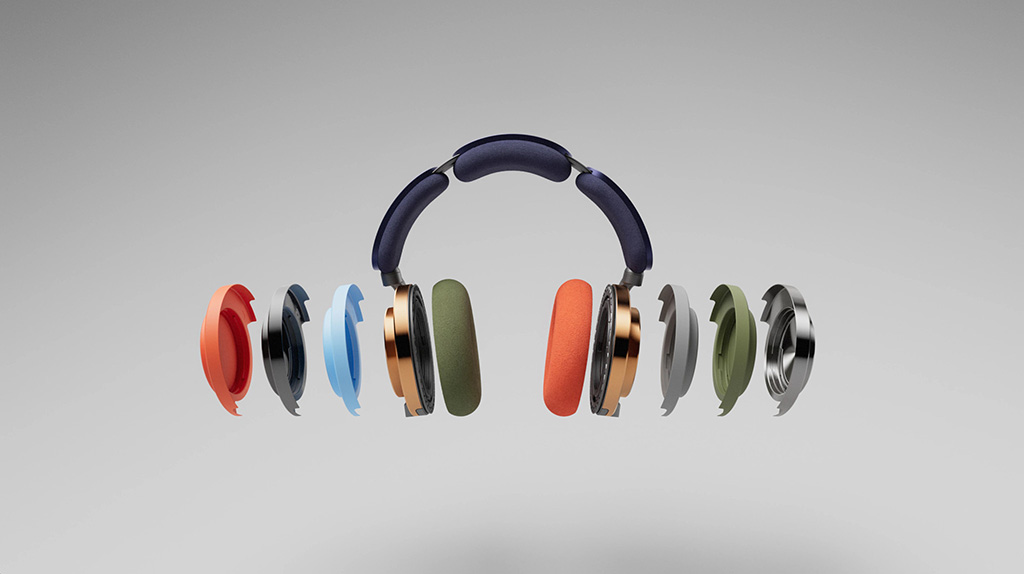
This customization is really cool, and overall, the OnTrac are a good, interesting, unique pair of headphones (and massive improvement over the Zone). But I wish Dyson had spent a bit more money and time on them, getting the weight down more, tuning the sound and putting an up-to-date Bluetooth chip in them. Because they don’t exist in a vacuum.
Bose’s QuietComfort Ultra have a better all-round sound, far better noise-canceling, fold up more compactly, have a nicer case, are almost half the weight and more comfortable and still feel pretty damn premium. Oh, and they currently cost $150 less than the Dyson.
If you’re happy to sacrifice some noise-canceling strength for more premium build-quality, then great — buy the Sonos Ace. They’re $50 cheaper than the Dyson and have a more balanced sound, some great video watching features (like a great virtual surround sound mode), are 30 percent lighter than the Dyson, have a beautiful travel case, and are more comfortable, despite still feeling premium.
Also, both headphones come with multi-point connectivity: the ability to connect to two devices simultaneously. This has long become a standard feature on Bluetooth headphones and a must-have feature for me, but because Dyson used an older Bluetooth 5.0 chip, this was inexplicably missing on the Zone. And because the OnTrac was made with the same parts (likely to reduce manufacturing and R&D costs), it also doesn’t have multipoint connectivity. For me, that’s just unacceptable.



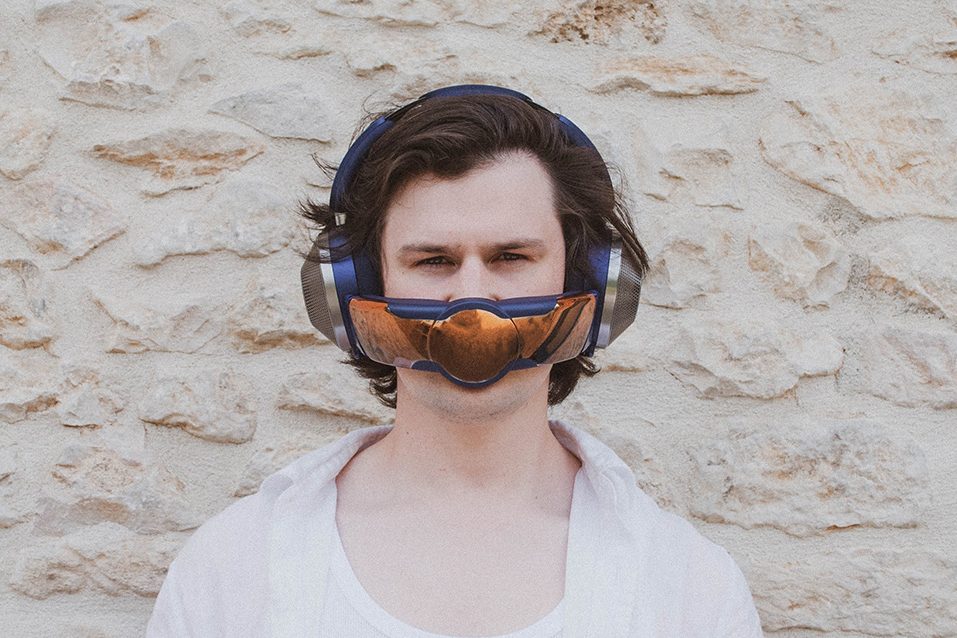







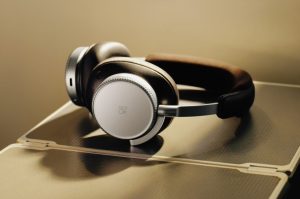
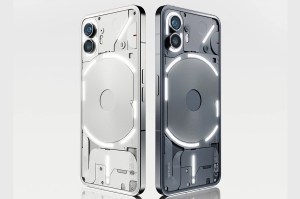
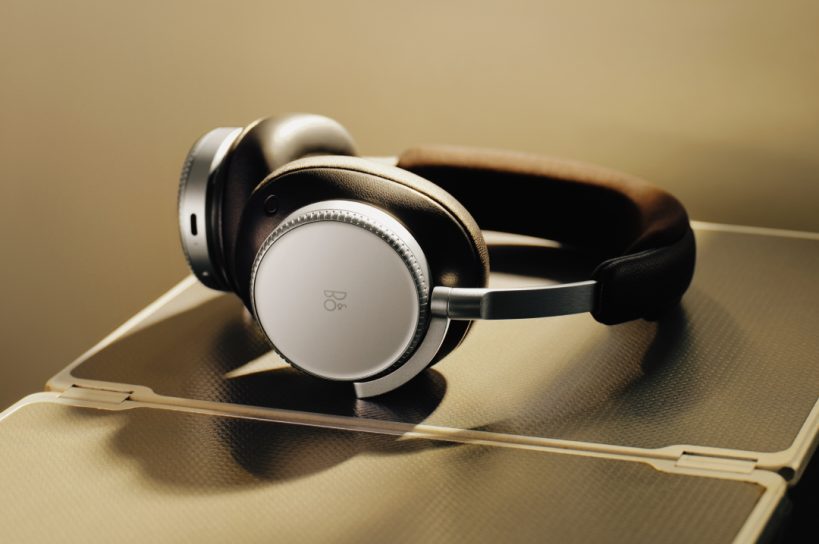
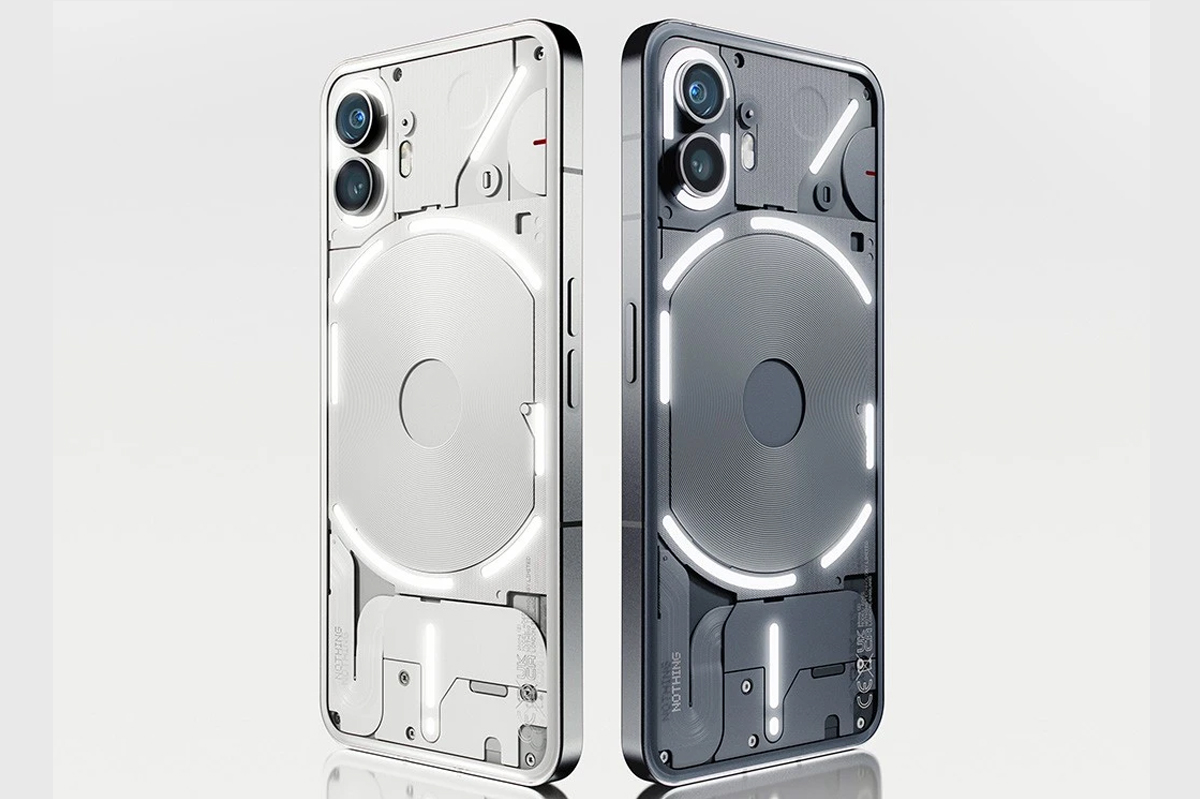
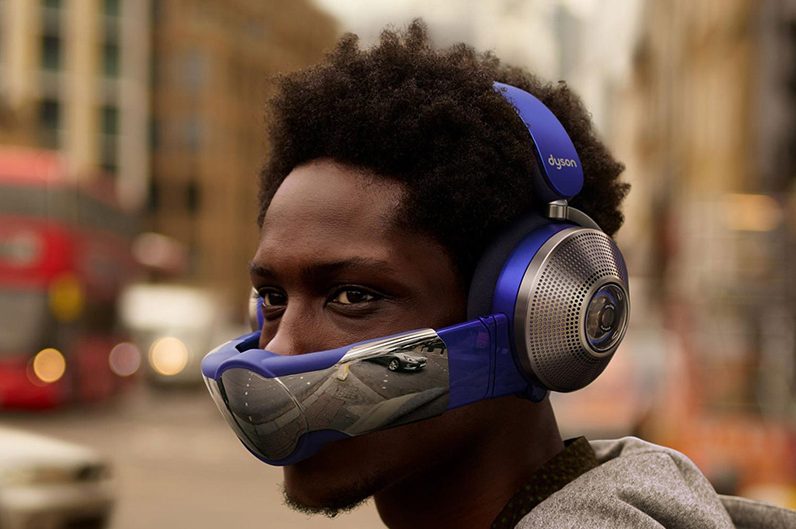








Leave a Reply